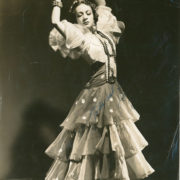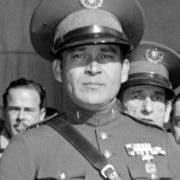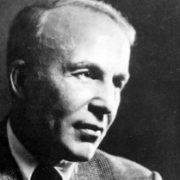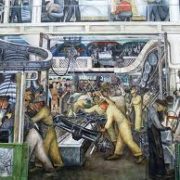Tina Ramirez, Ballet Hispanico
Happy Birthday to Tina Ramirez, who danced into the world on November 7, 1933 in Venezuela. Her father was a Mexican bullfighter and her Puerto Rican great aunt founded the island’s first secular school for girls. A teacher, artist, and social entrepreneur, Ramirez founded the dance company and school Ballet Hispanico in 1970 For Ramirez, dance is “not only an art form but a source of self-esteem, cultural awareness, and social mobility”. For over 30 years, the company has dazzled audiences throughout the world, and educated and nurtured tens of thousands of children. An inspiring video tribute to Tina Ramirez is at Dance USA/ Tina Ramirez.
Feliz cumpleaños a Tina Ramirez, quien bailó al mundo el 7 de noviembre de 1933 en Venezuela. Su padre era un torero mexicano y su tía abuela puertorriqueña fundó la primera escuela secular para niñas de la isla. Maestro, artista y emprendedor social, Ramírez fundó la compañía de danza y la escuela Ballet Hispánico en 1970 . Para Ramírez, la danza “no es solo un arte forma sino una fuente de autoestima, conciencia cultural y movilidad social “. Durante más de 30 años, la compañía ha deslumbrado al público de todo el mundo y ha educado y nutrido a decenas de miles de niños. Un inspirador video homenaje a Tina Ramírez está en Dance USA / Tina Ramirez .




